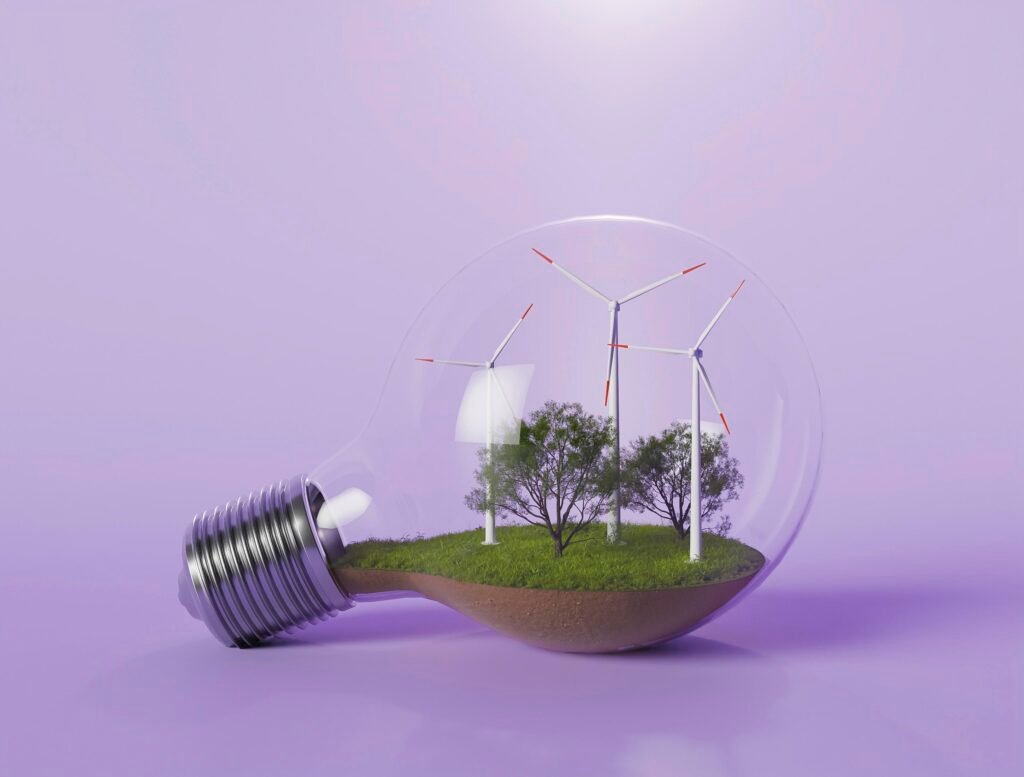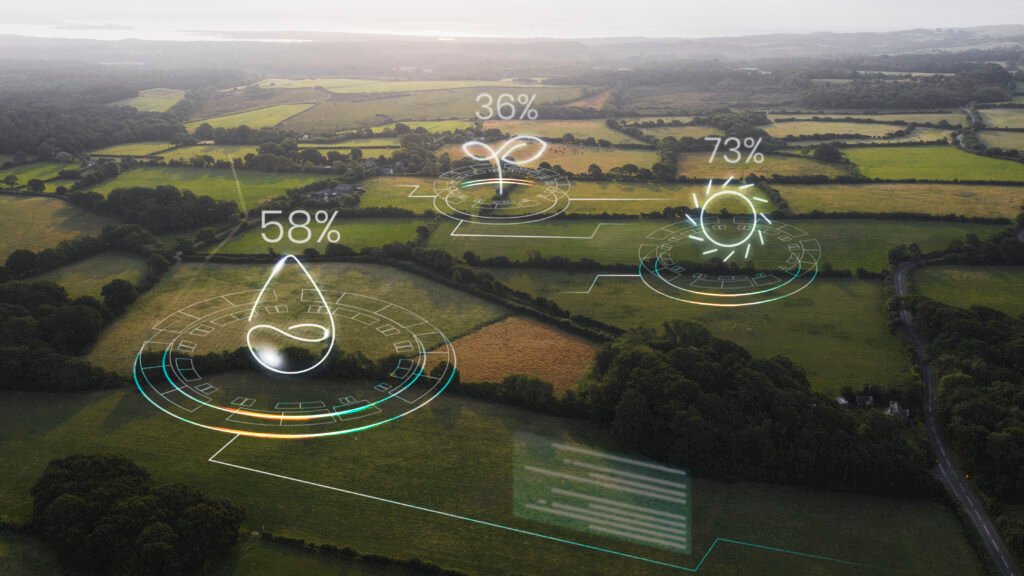energy efficiency technology
Energy efficiency technology is about achieving the same or better performance from a product, system, or process while using less energy. It’s about eliminating waste and optimizing how energy is consumed, rather than simply generating more energy. This field is critical for tackling climate change, enhancing energy security, and reducing operational costs. Here’s a breakdown of energy efficiency technology: Core Concept: How Energy Efficiency Technologies Work: These technologies typically work by: Key Types of Energy Efficiency Technologies: Energy efficiency technologies span across various sectors: A. Buildings (Residential & Commercial): B. Industry: C. Transportation: D. Grid and Generation: Benefits of Energy Efficiency Technology: Energy efficiency is often referred to as the “first fuel” because it’s typically the cheapest and fastest way to reduce energy demand and achieve sustainability goals. What is energy efficiency technology? Energy efficiency technology is about using less energy to achieve the same or a better outcome or service. It’s fundamentally about eliminating energy waste and optimizing energy consumption, rather than simply generating more energy. Think of it as getting more “bang for your buck” from every unit of energy. Here’s a breakdown of what that means: Core Principles: How Energy Efficiency Technologies Work: These technologies generally operate by: Key Examples of Energy Efficiency Technologies Across Sectors: Why is Energy Efficiency Technology Important? In essence, energy efficiency technology is a powerful tool because it allows us to achieve our goals with a smaller environmental footprint and often at a lower overall cost, making it a cornerstone of sustainable development. Who is require energy efficiency technology? Courtesy: TechZone Energy efficiency technology is required by virtually everyone and every sector that consumes energy. The drivers for this requirement vary, but they generally fall into categories of cost, environmental impact, regulatory compliance, and competitiveness. Here’s a breakdown of who requires energy efficiency technology: 1. Individuals and Households: 2. Commercial Businesses and Organizations: 3. Industrial Sector: 4. Governments and Public Sector Entities: 5. Utilities and Energy Providers: 6. Transportation Sector: 7. Agriculture Sector: In essence, anyone who uses energy, and everyone concerned about economic costs, environmental sustainability, and resource security, requires energy efficiency technology. It’s often the most cost-effective and immediate way to achieve significant reductions in energy consumption and its associated impacts. When is require energy efficiency technology? Energy efficiency technology is not “required” at a single point in time, but rather it is continuously required and its necessity becomes more urgent under various circumstances and evolving global conditions. Here’s a breakdown of “when” energy efficiency technology is required: 1. When Energy Costs are High or Volatile (Economic Imperative): 2. When Environmental Concerns are Paramount (Environmental Imperative): 3. When Regulations and Policies Mandate It (Regulatory Imperative): 4. When Technology Becomes Available and Affordable (Technological Evolution): 5. When Seeking Competitive Advantage (Business & Economic Imperative): In summary, energy efficiency technology is required: Where is require energy efficiency technology? Energy efficiency technology is required in every sector and location where energy is consumed. The need is universal because the benefits of reducing energy waste are universally applicable: saving money, reducing environmental impact, and enhancing resource security. However, the specific types of energy efficiency technologies required, and the intensity of that requirement, vary depending on the context: 1. Buildings (Residential, Commercial, Institutional): 2. Industrial Sector: 3. Transportation Sector: 4. Energy Production and Distribution (Utilities & Grid): 5. Agriculture Sector: 6. Public Infrastructure and Services: In essence, energy efficiency technology is a foundational requirement across the entire energy value chain, from where energy is sourced to where it is finally consumed. It’s a universal need driven by the desire for economic savings, environmental protection, and enhanced resource security. How is require energy efficiency technology? You’re asking “How is energy efficiency technology required?” This question probes the mechanisms, drivers, and methods by which the adoption of energy efficiency technology becomes necessary or mandated. It’s not just a suggestion; various forces compel its implementation. Here’s a breakdown of “how” energy efficiency technology is required: 1. Through Economic and Financial Incentives (The “Bottom Line” Driver): 2. Through Regulatory Mandates and Policy Frameworks (The “Stick” Driver): 3. Through Environmental and Sustainability Goals (The “Global Citizen” Driver): 4. Through Technological Advancements and Innovation (The “Enabler” Driver): 5. Through Market Demand and Consumer Preference: In conclusion, “how” energy efficiency technology is required is through a powerful combination of economic necessity, robust regulatory frameworks, global environmental urgency, continuous technological innovation, and evolving market and societal expectations. These forces collectively compel individuals, businesses, and governments to prioritize and implement energy efficiency solutions. Case study on energy efficiency technology? Courtesy: Student Energy Excellent! Let’s dive into a real-world case study of energy efficiency technology, drawing inspiration from the search results, focusing on a prominent example in India. Case Study: Flipkart Headquarters, Embassy Tech Village, Bangalore, India This case study highlights the application of advanced energy efficiency technologies in a large commercial office space, demonstrating significant energy savings and improved occupant comfort. 1. Background: 2. Objectives: Flipkart sought a solution that could: 3. Energy Efficiency Technologies and Solutions Implemented: Flipkart partnered with 75F, a company specializing in smart building automation. The implemented solutions included: 4. Implementation Process: 5. Outcomes and Achievements: The implementation of these energy efficiency technologies yielded impressive results: 6. Lessons Learned: This case study of Flipkart’s headquarters in Bangalore exemplifies how modern energy efficiency technologies, particularly in smart building automation, are revolutionizing commercial spaces in India, delivering both economic benefits and improved environmental performance. White paper on energy efficiency technology? A White Paper on Energy Efficiency Technology would serve as a comprehensive and authoritative document outlining the critical role of energy efficiency in global sustainability, economic competitiveness, and energy security. It would detail the current state of technologies, emerging trends, benefits, challenges, and policy recommendations. Here’s a conceptual outline for such a white paper, incorporating current trends and the urgency around 2025: White Paper: The “First Fuel” of Decarbonization – Advancing Energy Efficiency Technologies for a Sustainable Future Executive Summary: Energy efficiency stands as the most immediate, cost-effective, and often overlooked
energy efficiency technology Read More »




